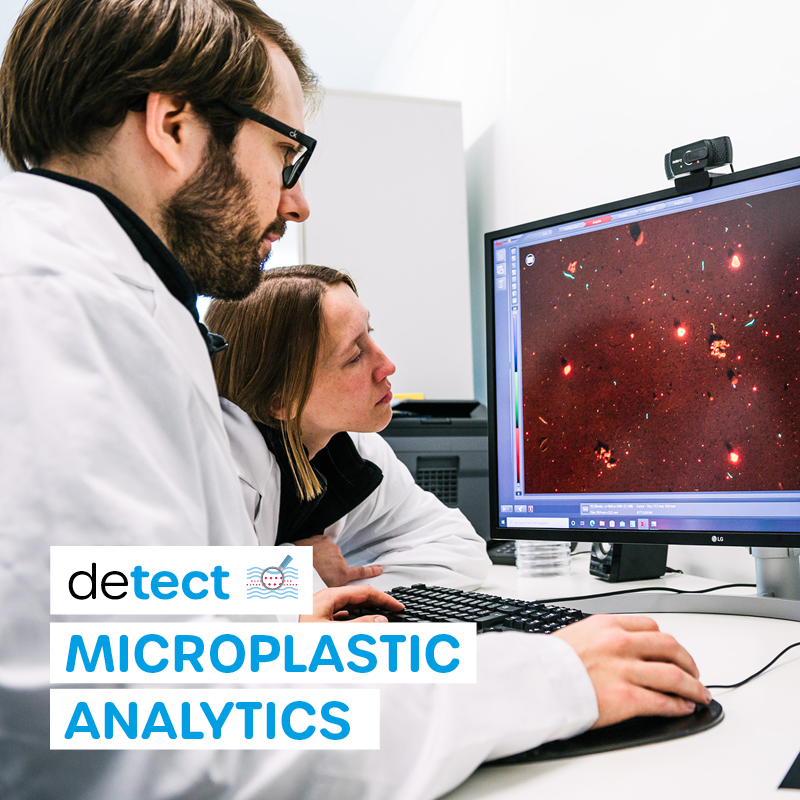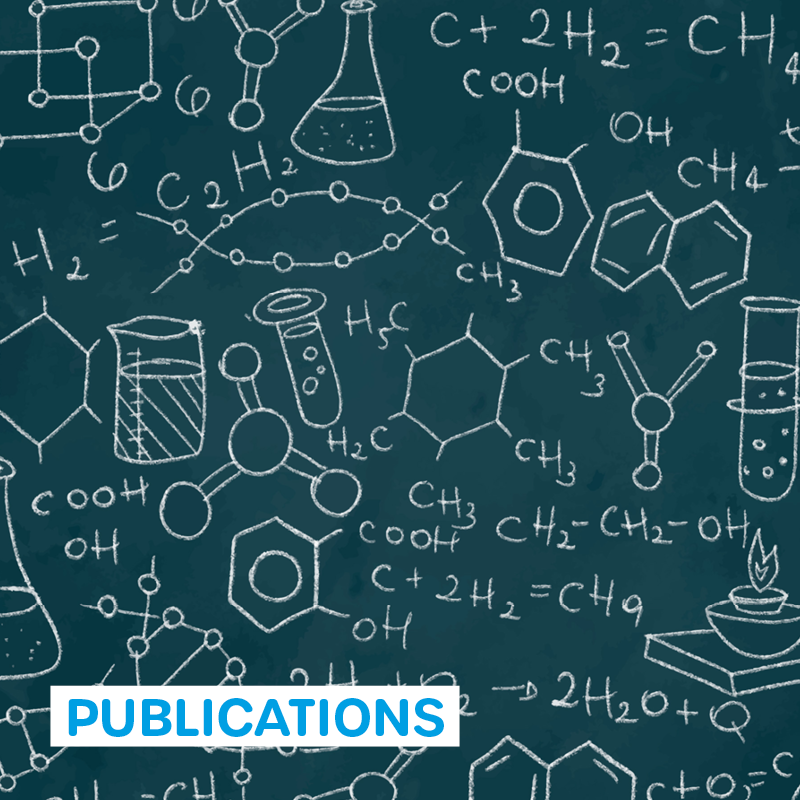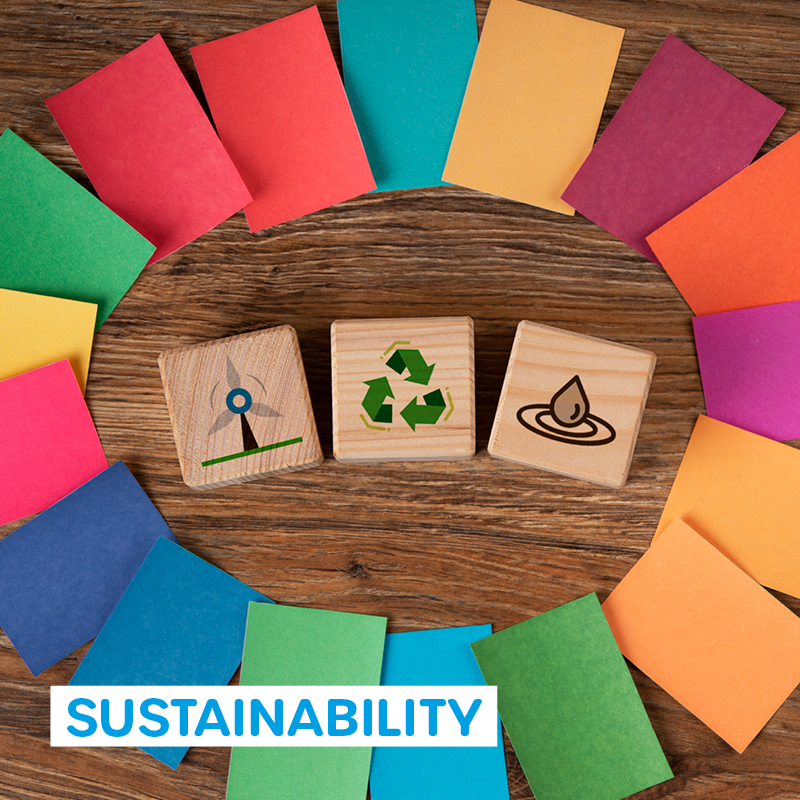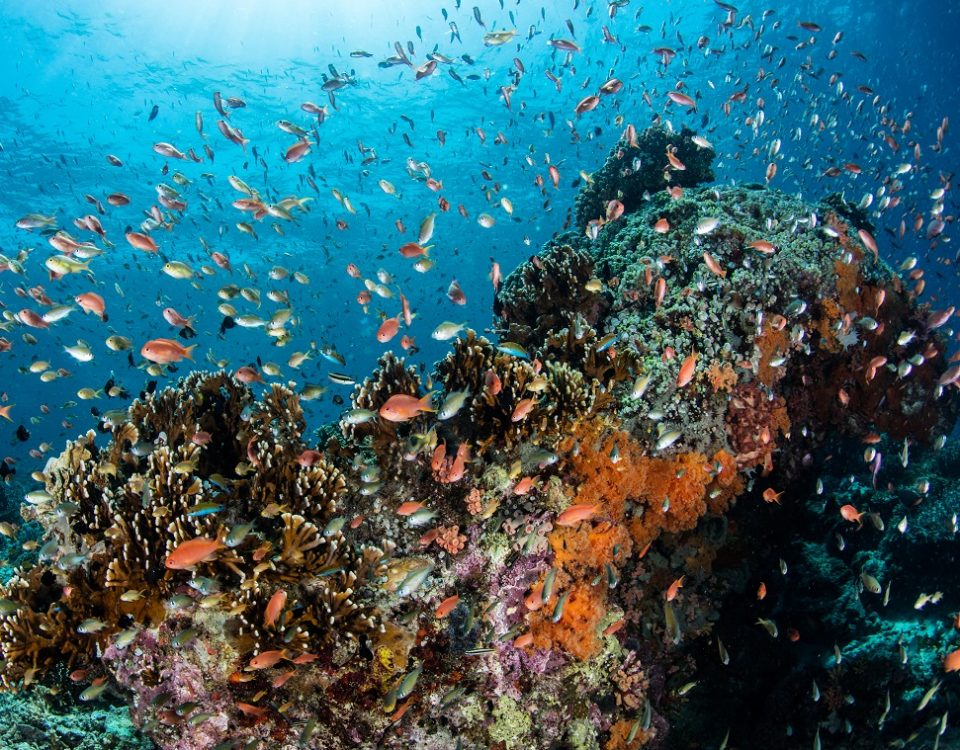
How does wastewater treatment work in a municipal wastewater treatment plant?
Municipal sewage treatment plants are the linchpin for ensuring clean water. A lot of wastewater and water arrives there every day: domestic wastewater, industrial wastewater, wastewater from landfills, surface runoff and rainwater.
How the water purification process within a sewage treatment plant looks before the water is directed into adjacent streams, rivers or the sea is described here using the example of the Landau sewage treatment plant, where the Wasser 3.0 test center and service lab is also located. Like many municipal sewage treatment plants in industrialized nations, it has three stages.
Our example: The sewage treatment plant in Landau
To purify the wastewater that arises, the Landau disposal and business enterprise (EWL) operates a modern central sewage treatment plant in Landau-Mörlheim, which was put into operation in 1983 after a three-year construction period. The wastewater system cleans the wastewater of the city of Landau and the communities of Albersweiler, Frankweiler, Siebeldingen, Leinsweiler, Ranschbach, Birkweiler, Ilbesheim and Bornheim. The wastewater from 51,000 people and the industrial and commercial enterprises located there (this corresponds to an average of 90,000 population equivalents or size class 4) is processed.
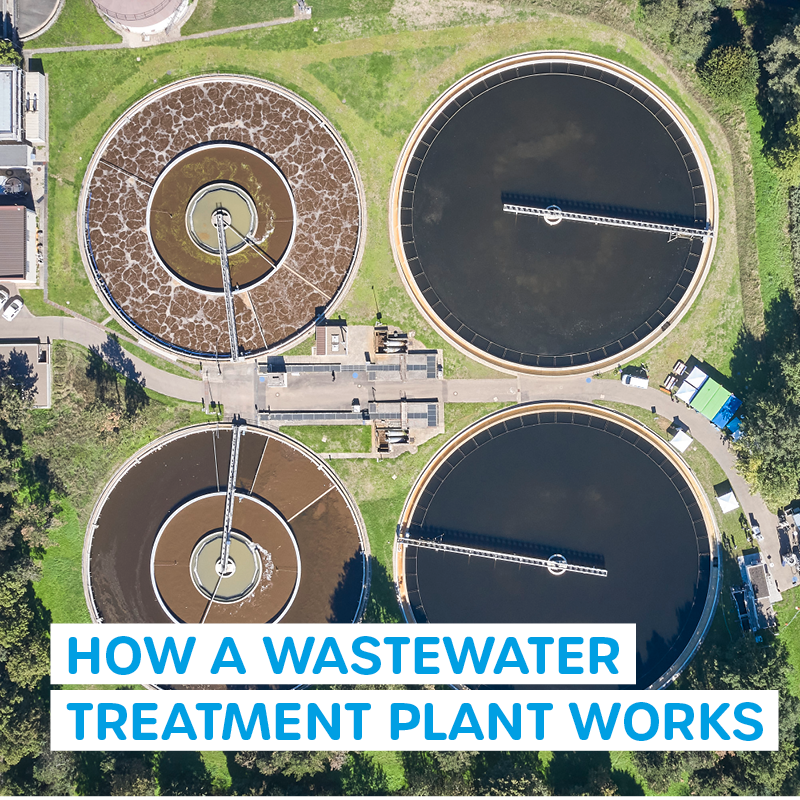
The EWL is a sewage treatment plant with activated sludge process and simultaneous sludge stabilization. It is cleaned in three stages with a cleaning performance of 95 to 97%:
- Mechanical treatment: rake, sand and grease trap, primary clarifier
- Biological treatment: nitrification and denitrification
- Chemical treatment: Phosphate elimination with precipitant.
First cleaning stage: Mechanical Treatment
Before the first cleaning stage, an infeed elevator pumps up the wastewater so that all the cleaning stages are in a free gradient, meaning it can run through without further pumps and then flow into the nearby stream or river (e.g., in Landau in the Queich). Two screw pumps with a delivery rate of 250 l / s each are in use. The coarse material carried along by the wastewater is collected by three rakes arranged next to one another, lifted out of the water, and thrown into a screw conveyor.
The screw transports the screenings into a washing press, in which the faeces are largely washed out and added back to the wastewater. The washed screenings are dewatered in a press and fall into a container. The rake consists of sheet metal lamellas with a gap of 5 mm. At this point, all substances larger than 5 mm are retained.
Sand and grease trap
After the rake, the wastewater flows through the sand and fat trap. With the removal of the sand, disturbances such as deposits or increased wear are avoided. At the sand trap, the wastewater stream divides into two partial streams, each of which flows separately through the wastewater treatment facility.
All of the following structures are, therefore, available twice. Air is blown into the sand trap on one long side. As a result, a water cylinder forms at a speed of approx. 30 cm / s so that the sand can settle, but the lighter organic substances such as coffee grounds, toilet paper, etc. remain in suspension
The sand is periodically pumped into a container with a pump attached to the scraper, in which it is transported away. The fat is driven off into the laterally arranged fat chamber with part of the blown air and floats there. The air accelerates the floating of the fat. The light materials are cleared from the surface with a clearing blade and disposed of.
All substances that can settle but are not retained in the sand trap settle in the primary clarifier. A dozer blade continuously pushes the mud on the bottom towards the center. From there it is pumped into the sludge treatment facility and then taken to the digestion towers for digestion. After the primary clarifier, the wastewater only contains dissolved substances and suspended matter that cannot be separated out by gravity. It flows to biological treatment.
Secondary cleaning stage: Biological treatment or in short: "biology"
The wastewater, which mainly contains carbon, nitrogen, and phosphorus compounds, is then transported to the biological treatment. To remove the dissolved substances, the conversion into an undissolved form is necessary. The activated sludge fulfills this task. It essentially consists of bacteria and protozoa. They eat the dissolved organic dirt and thereby multiply, i.e., the sludge in the aeration tank increases as the organic dirt decreases. Many types of bacteria are suitable for breaking down the carbon compounds. Provided with sufficient oxygen, they convert the organic compounds into cell substance, carbon dioxide, water, and energy.
Nitrogen is first converted into nitrate by special bacteria with a large amount of oxygen and then in a second step under anoxic conditions into gaseous nitrogen, which escapes into the atmosphere. The two steps involved in the formation of nitrogen are called nitrification and denitrification.
Denitrification and nitrification
During nitrification, the ammonium (NH4) that is mainly present is oxidized in two stages with a strong supply of oxygen. First, the ammonium is converted into nitrite (NO2), and then the nitrite is converted into nitrate (NO3). During denitrification, the nitrate is reduced to nitrogen (N2) and released into the atmosphere, which consists of almost 80% of this gas. This is where microorganisms help that only convert nitrate to oxygen and nitrogen under low-oxygen conditions.
The high oxygen demand for nitrification and the necessary absence of dissolved oxygen during denitrification make a spatial or temporal separation of the process steps necessary. In the Landau-Mörlheim sewage treatment plant, upstream denitrification is used, i.e., a spatial separation of the process via two separate clarification areas in the aeration tank
The oxygen for the bacteria is brought into the activated sludge by blowing air through finely perforated rubber membranes on the pool floor. The speed can be regulated by a fan for each basin. This means that the amount of air is always adapted to the current demand, e.g., when there is a higher load during the grape harvest.
The reason for this is that the rinsing and cleaning water produced during the grape harvest is highly polluted and ends up in the sewage treatment plant via the wastewater cycle, where the bacteria break down the pollution with a large amount of oxygen. The blower station is the largest energy consumer in the sewage treatment plant. The speed control of the blower avoids unnecessary ventilation and thus serves the economical use of energy. In normal ventilation operation, the blower station consumes approx. 1800 kW / h per day.
The water flows from the activated sludge tank into the secondary clarifier. There, like in the primary clarification tank, the flow rate is greatly reduced so that the activated sludge settles, and the purified clear water collects in the upper layer. It falls over edges that are arranged on the edge of the pool and flows to the control station at the outlet and on to the nearby Queich.
In the control station, the pH value, temperature, turbidity, and conductivity are measured continuously. Samples are taken automatically, the ingredients of which are analyzed in the laboratory the next day.
Sewage sludge treatment / sludge digestion
A continuously rotating scraper pushes the sludge on the floor to the center of the pool. From there it flows as so-called return sludge to the return sludge pumping station, which conveys it back into the aeration tank. The activated sludge flows in a circuit through the basins.
The sludge increases by 330 m³ every day. The excess sludge is taken out of the circuit and pumped into the sludge treatment. The aeration tank contains about 3.5 g / l solids, i.e. if you take one liter of the aeration tank, filter off the solids and dry them so that there is no more water in it, then 3.5 g remain.
Using a belt thickener (a so-called belt sieve), the excess sludge is thickened to 70 g / l solids and then pumped into the digestion system (sludge digestion).
The sludge from the primary clarifier is thickened in the pre-thickener. Under the influence of gravity, the mud thickens due to very slow stirring with sticks on the sole. The cloudy water collects on the surface. The raw sludge is also pumped into the digestion and the turbid water is returned to the wastewater treatment. The cloudy water represents highly concentrated wastewater. To be able to add it optimally to the wastewater treatment, a 1,000 m³ process wastewater storage tank was built in 2004 for intermediate storage.
In the two digestion towers, bacteria convert part of the organic matter into digester gas in a fermentation process. The digestion is heated to approx. 35 ° C to keep the methane content high and to accelerate the digestion process.
Due to the digestion, the sludge becomes almost odorless and can then be dewatered better. The digestion towers in Landau have only been inspected once since 1989 and are otherwise in continuous operation.
The digester gas contains around 60% methane and is flammable. Two gas engines with 80 kW electrical power each are operated with it. The gas engines run permanently, but the amount of digester gas is not sufficient to keep the engines running. An external energy supply company, therefore, supplies around 30% of the total amount of gas required. The electricity produced in this way covers around 90% of the needs of the sewage treatment plant. The remaining requirement is obtained from an external energy supplier. The heat generated by the motors is used to heat the digestion towers. The overall efficiency of electricity and heat in the wastewater treatment plant in Landau is currently 90%.
Third cleaning stage: Chemical treatment (phosphate elimination) and subsequent leakage control
Phosphate is an essential raw material for fertilizer production and has a major influence on the biological growth of plants in the natural and anthropogenic environment. If one looks at the effects of phosphate inputs in water bodies, they can lead to eutrophication (turning water bodies into dead zones), have a lasting negative effect on water quality and change the ecosystem
To avoid this pollution of the oxygen balance of the water, the phosphate must be removed from the wastewater. Well-founded knowledge already exists for several materials that can be used to reduce phosphate levels, some of which are already used in municipal wastewater treatment (e.g., activated carbon or iron hydroxides).
When developing these currently used products, however, the focus was usually not on looking at the material under constant high loads. If they did, they gave poor results in terms of reduction numbers. This is due to the acidic nature of the wastewater.
The phosphate elimination in the sewage treatment plant can be carried out at the same time as the biological wastewater treatment in the activated sludge tank (so-called simultaneous precipitation), as pre-precipitation in the primary treatment or in special precipitation and secondary treatment tanks (3rd purification stage). A basic distinction is made between biochemical and chemical phosphate elimination, whereby these are often combined.
Simultaneous precipitation using iron (III) chloride takes place in the Landau-Mörlheim sewage treatment plant. As a result, water-insoluble iron phosphates are formed, which are removed from the water with the excess sludge. The process is monitored and controlled with continuous phosphate measurement. The iron salt is stored in liquid solution in a 25 m³ double-walled container and added to the two aeration basins with a metering pump each. Approx. 740 tons of iron salt are required every year.
Outlook and the future: wastewater treatment at the limit
The previous wastewater treatment in sewage treatment plants is now reaching its limits, as certain anthropogenic trace substances, so-called micropollutants (including drug residues, hormones, X-ray contrast media, but also micro- and nano plastics and heavy metals) cannot be eliminated from the wastewater, or only inadequately.
In addition, it has been shown that the phosphate elimination through precipitation often does not achieve the new target values of 0.1 mg / l. Therefore, sewage treatment plants are investigating how they can meet these diverse challenges with innovative processes in a 4th purification stage.

